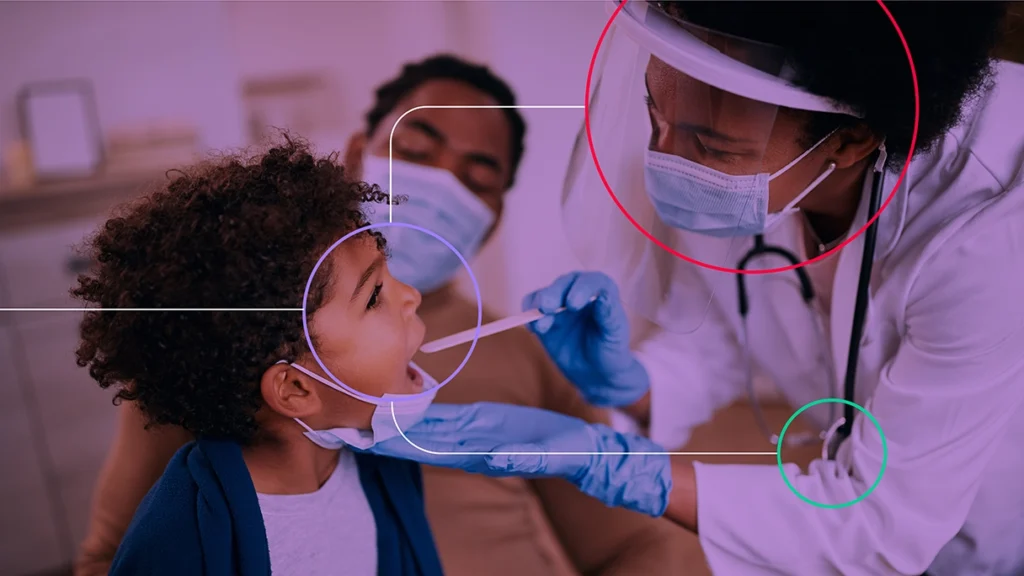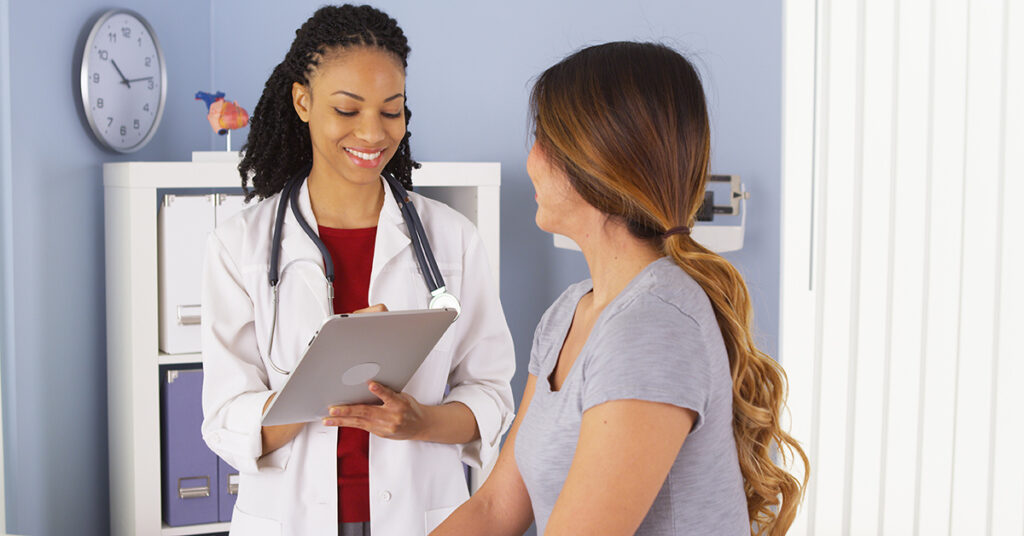Determining how to improve health literacy among patients should be a key goal of all healthcare providers. Patients in possession of precise, easy-to-use information about their health can better promote and protect their health and wellbeing. That is why health literacy has become a critical component in healthcare management.
Unfortunately, reports indicate that up to 90 percent of healthcare consumers have low health literacy. This should be a cause of great concern. Low health literacy levels can make it hard for patients to plan their appointment schedules, monitor medication, and manage chronic diseases, and more.
When providers are asking themselves how to improve health literacy, one powerful answer is: communication. By leveraging cutting-edge healthcare technology to optimize patient health literacy and communication, providers can rapidly boost low health literacy.
A closer look at the meaning of healthcare literacy
To improve it, you need to understand it. According to the Institute of Medicine of National Academies, one can define health literacy as “the degree to which people can obtain, process, comprehend, and communicate basic health information and services needed so that they can make suitable decisions about their health.”
More recently, as part of the government initiative Healthy People 2030, two updated definitions relating to health literacy have been added:
a. Organizational health literacy: The degree to which healthcare providers enable healthcare consumers to access, understand, and use information and services to inform decisions related to their health and that of others.
b. Personal health literacy: The degree to which healthcare consumers can access, understand, and use information and services to inform decisions related to their health and that of others.
In other words, understanding healthcare information is not, on its own, the answer to how to improve health literacy. What is also required is enabling healthcare consumers to use such information, so that they can make well informed decisions.
How to improve health literacy with communication tools
According to the Pew Research Center, more than 81 percent of Americans own smartphones, and over 90 percent use the internet. Another report states over 71 percent of adults have used the internet to search for health-related information. Meanwhile, over 21 percent have used some sort of technology to track their health information.
Faced with this technology reality, providers that want to improve the literacy of their patients need to embrace tools that let them meet patients on their own terms. The modern patient wants to text, not phone. They want to do things digitally, not manually.
Indeed, forward-thinking providers are now moving from ordinary health literacy to “digital health literacy.” Digital health literacy, otherwise referred to as electronic health (eHealth), refers to the ability for healthcare consumers to access, find, and use health information from digital technologies and apply the obtained knowledge to prevent, address, and solve health issues.
This is where modern communication technologies come in. They have the capability to provide unified communications for health systems by integrating with providers’ EHR and patient-facing vendors.
Understanding the digital health ecosystem is vital
Health providers must understand the full breadth of the digital health ecosystem to determine how to improve health literacy. Providers need to grasp the value and function of the following:
- Telehealth and telemedicine – Providers must adopt digitally-driven health literacy and communication platforms that enable the seamless automation of message delivery. This will help coordinate virtual care, maximize technological investments’ value, save valuable time and resources, and improve patient satisfaction.
- Mobile Health – As one of the strategies to improve health literacy, healthcare givers must be ready to deliver care through mobile means. Mobile devices, patient monitoring devices, and other ICT devices greatly help, especially where distance is a barrier to receiving care.
- Social networks – Social media platforms are powerful tools that providers should leverage to improve both physical and mental health literacy. These platforms allow healthcare professionals to communicate health information in ways that healthcare consumers can easily understand.
- Communication automation – By automating communication and operations, healthcare providers can enable the accessibility and usefulness of healthcare information. Automation will not only make it easy for patients to learn how to improve health literacy on their own. It will also improve slot utilization, and reduce no-shows.
- Big data – As the volume of healthcare data grows, providers must use big data to significantly improve patient engagement and health literacy. The use of unconventional data can enable an accurate health literacy assessment. This can enable effective health promotion. Providers can obtain data from sources like social determinants of health to help them strengthen treatment models and also sharpen their strategies to improve health literacy.
A fully-unified patient communication hub is key
A key way improve health literacy is to recruit a fully-integrated hub that permits effective communication and patient engagement. The goal is to pick the right healthcare platform that can handle communication, engagement, and education.
A digitally-powered communication solution such as WELL provides a conversational technological solution that unifies the full lifecycle of patient interactions.
Case in point: Vista Community Clinic grew their overall patient satisfaction to 86.4 percent after implementing WELL. MemorialCare Medical Foundation (MCMF) attributes a 35 percent clickthrough rate increase and a 25 percent conversion rate increase to the efficiency that WELL provides. Both patient satisfaction and engagement are strongly encouraged by, and encouraging of, health literacy.
Similarly linked to health literacy is the capacity for fast and thorough correspondence. With WELL, San Ysidro Health managed to send out 226,546 messages to patients within the first 60 days of implementing the solution. As company president and CEO Kevin Mattson said, “Many of our patients use their cell phones as a lifeline during this pandemic. WELL allows us to reach our patients with essential information about COVID-19 and how to access testing and care.” Accessing this essential information is the quintessence of health literacy.
Clinicians and policymakers should be attentive about how to improve health literacy, due to its significant impact on public health, patient wellness, and providers’ success. Technology has a massive potential to improve health literacy by reducing disparities through accessible, usable, and intelligent systems. Such health literacy solutions can tailor information, counseling, advice, and behavioral support to individual needs at their convenience.
For more health literacy examples and information, care providers can join Health Literacy Month and foster the importance of understandable health information. ♥



